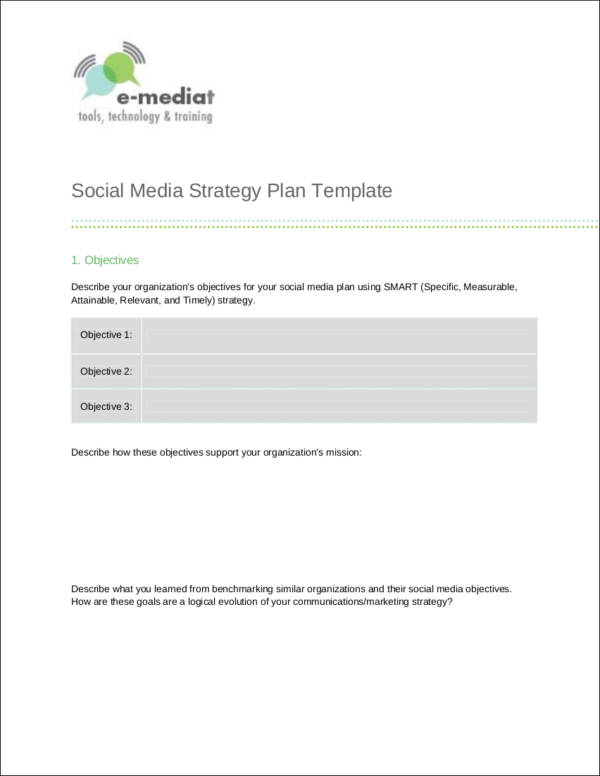

Regardless, determining target audiences helps you craft posts that better resonate with readers and viewers. Your target audiences can vary between social media platforms due to user demographics and their activity levels. However, they should be interested in your products or industry. This could be due to their age, income, or other factors. These are consumers who don’t coincide with your brand’s typical customers. They can also be prospects who are demographically similar to your customers yet haven’t made a purchase. These are typical customers who - ideally - will engage with your profiles and visit your website or physical locations. Target audiences Determining target audiences is an essential part of any social media strategy, as they may differ from your brand’s normal key markets. Not only will these help you meet overall goals, but guide the Tactics and Content sections of this social media strategy template.

“Generating leads” isn’t time-based, whereas “generating 10,000% more leads in a day” isn’t attainable. The goals must adhere to the SMART method - they need to be specific, measurable, attainable, relevant, and time-based.

The opening section of the strategy should identify traditional business goals that social media activity will help meet. Social media strategy template explanation Overall goals What are brand examples for social media strategies?.How do I create a social media strategy template?.Final thoughts about using this social media strategy template.5 Examples of social media strategies to consider.Social media strategy template explanation.


 0 kommentar(er)
0 kommentar(er)
